Historical Context
The ability to get online to have a conversation with someone many miles away has rapidly evolved with advances in technology, and in particular, the internet. Back in the early days of the 1980s, there were primitive dial-up chatting servers, and outside of this communication was limited to mediums that weren’t real-time, like email or text.
However, with the way that the internet has consumed the lives of the masses with social media, video games, and many other activities, it was inevitable that this would improve greatly. The main purpose of social media was to cater to the desire to stay in contact with friends and family (as well as meet new people), and so social media platforms have a key focus on more open networking compared, so even in the mid-2000s social media was undoubtedly developing exclusively from another activity with a growing dedicated community: online video games.
This has of course changed considerably. Online gaming was considered a relatively niche community, let alone gaming itself, so many of the main issues and needs that gamers voiced weren’t addressed on social media platforms. That issue was namely the lack of support for players of online games to be able to use live voice chat while they play.
Discord’s Release
Discord was originally released in 2015, and this aforementioned issue was still prevalent for a vast majority of online gamers. I distinctly remember myself being among this group; before Discord, most of my friends I wanted to talk to while I played used Skype (a similar voice-call service that was once considerably popular), which was terribly optimized and often made games lagged while you were in calls with people.
Further, the user interface of Skype wasn’t built for the sort of purposes that gamers preferred, and on the other end of the spectrum, there was TeamSpeak with its even more unfriendly interface.
Discord’s original intended use was to fill a void in this domain for gamers. With this intention, it’s apparent in Discord’s early days that the program truly was meant to make up for what gamers wanted from a voice chat application: it emphasized creating servers with voice channels (similar to TeamSpeak, but much more intuitive, simple, and easy to read) since these were known to be beneficial for gaming communities, but it also took advantage of it’s simple visual design in order to foster a sense of being able to much more quickly boot up a game and hop into a call with friends.
People use Discord for that still, and it without a doubt still caters to the greater gaming community. However, activity on Discord has rapidly increased to now include a much larger community of people who simply enjoy using the features of Discord to be able to create very personalized communities that don’t even necessarily need to engage in online games.
Changing Uses
The ability of Discord to foster much more diverse groups can be attributed to its ever-increasing features that offer a lot of customization. For example, within Discord servers (which already feel nice and exclusive to users) the implemented support for bots has vastly increased what a given Discord server can provide for its community members.
This enables a plethora of people sharing hobbies to use servers and bots to create an online space that is welcoming and meaningful for its users.
In this age of social media, the rapid increase in popularity of Discord also beckons the question, “how can this platform be further developed to foster only healthy online spaces?”
It’s obvious that while these features are appealing to people with good intentions (using Discord to connect with people of the same background, hobby, or any other small trait, etc), however, it has sadly opened up the potential for toxic communities.

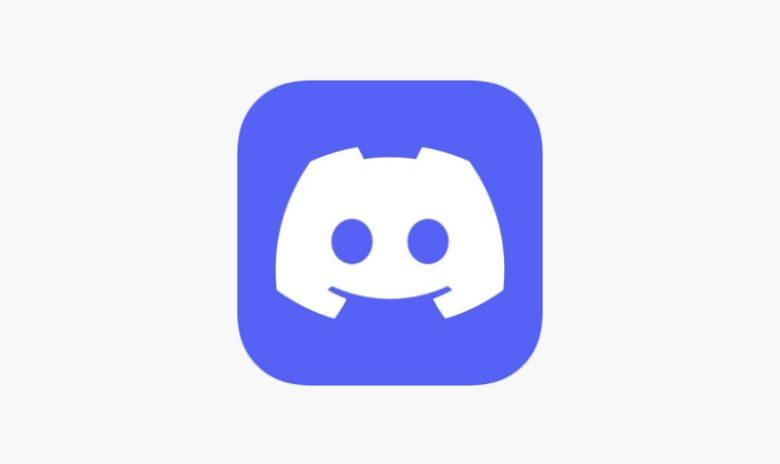
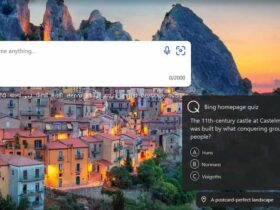



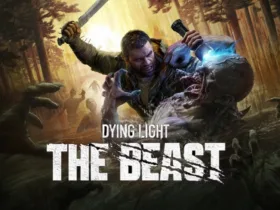
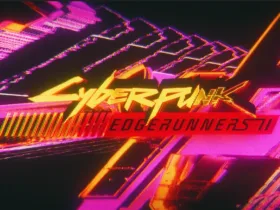

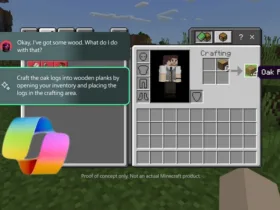
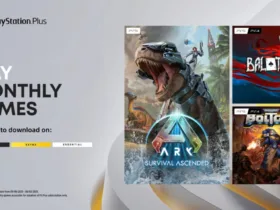
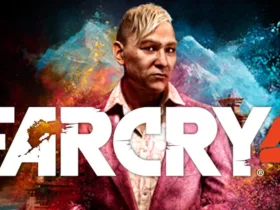

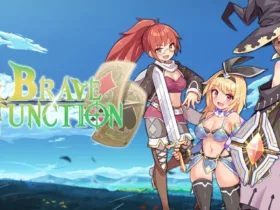
Leave a Reply